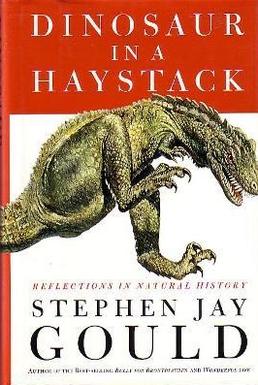Dinosaurs have captivated human imagination since their first scientific recognition in the early 19th century. While popular culture has embraced these prehistoric creatures through movies and fictional narratives, some of the most compelling dinosaur books come from the very scientists who unearth and study their remains. These works span a fascinating spectrum from accessible popular science to technical academic literature, and even fiction informed by scientific expertise. The unique intersection of scientific authority and engaging storytelling offers readers an authentic journey through the Mesozoic world, guided by those who know it best.
The Scientific Storytellers: When Paleontologists Pick Up the Pen

Paleontologists occupy a unique position in the scientific community, requiring both meticulous analytical skills and a certain creative imagination to reconstruct long-vanished ecosystems. This combination of talents makes many dinosaur scientists naturally gifted communicators who can translate complex scientific concepts into compelling narratives. Scientists like Stephen Jay Gould, Robert Bakker, and Jack Horner have mastered the art of scientific storytelling, using their firsthand experience excavating fossils and analyzing prehistoric evidence to create vivid, accurate portrayals of dinosaur life. Their books carry an authenticity that fiction writers, no matter how well-researched, simply cannot match. When real scientists write about dinosaurs, they bring readers into their laboratories and field sites, sharing not just facts but the process of discovery itself.
The Pioneers: Early Scientific Works on Dinosaurs

The foundation of dinosaur literature by scientists began with pioneering works from the field’s earliest days. Sir Richard Owen, who coined the term “dinosaur” in 1842, published extensive scientific papers that, while technical, established the framework for all future dinosaur research. Early paleontologist Edward Drinker Cope produced volumes of work on fossil reptiles despite his notorious rivalry with Othniel Charles Marsh. These early scientific publications, though not written for popular audiences, represent the first attempts by scientists to document and understand these mysterious creatures. Their detailed anatomical descriptions and tentative reconstructions of prehistoric life established traditions that continue in scientific dinosaur literature today. These historic texts remain valuable not only for their scientific content but also as documents showing how scientific understanding evolves.
The Renaissance: Robert Bakker and the Dinosaur Heresies
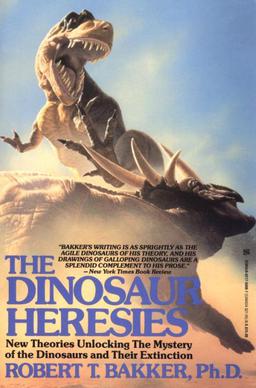
Perhaps no single scientist-author has influenced public perception of dinosaurs more profoundly than Dr. Robert Bakker. His revolutionary 1986 book “The Dinosaur Heresies” challenged long-held notions about dinosaurs as slow, cold-blooded, primitive creatures. Through accessible prose and his distinctive illustrations, Bakker presented compelling evidence for active, warm-blooded, socially complex dinosaurs that more closely resembled birds than reptiles. This work wasn’t merely popular science—it represented a genuine paradigm shift within paleontology itself. Bakker’s charismatic writing style and revolutionary ideas inspired both a generation of future paleontologists and influenced portrayals of dinosaurs in popular culture, most notably in “Jurassic Park.” His work exemplifies how scientist-authored books can transform both scientific consensus and public imagination simultaneously.
Jack Horner: From Field to Page to Hollywood

Few paleontologists have achieved the multifaceted impact of Jack Horner, whose career spans groundbreaking fieldwork, influential books, and Hollywood consulting. Horner’s 1988 book “Digging Dinosaurs” chronicled his discovery of Maiasaura nesting grounds in Montana, which revolutionized understanding of dinosaur parental care. His accessible writing style brought readers directly into the excavation process, making paleontology feel immediate and exciting. Horner later served as technical advisor for the “Jurassic Park” films, ensuring their depictions maintained some scientific credibility despite dramatic license. His 2009 book “How to Build a Dinosaur” explored the cutting-edge concept of reverse-engineering dinosaur traits from bird genomes, demonstrating how scientist-authors often use books to present their most forward-thinking, speculative ideas. Horner exemplifies how scientist-authors can move seamlessly between technical research, popular books, and mass media to advance both science and public understanding.
Stephen Jay Gould: The Literary Evolutionist
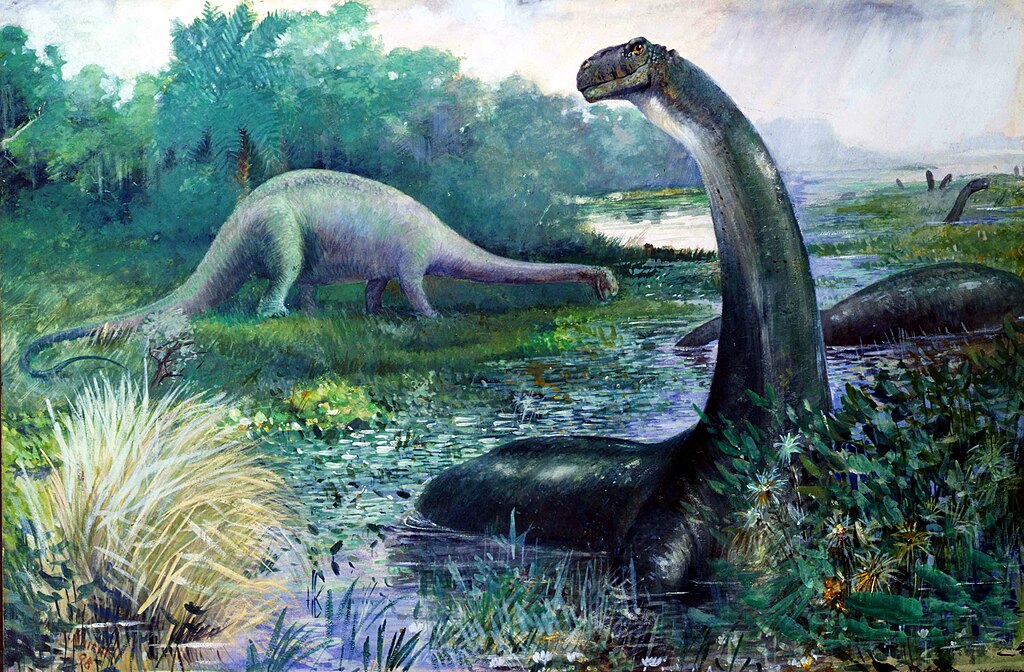
Though primarily known for his work on evolutionary theory, paleontologist Stephen Jay Gould wrote extensively about dinosaurs with a unique literary flair that set a high standard for scientist-authors. His essay collections, like “Bully for Brontosauruss,” explored dinosaur topics through sophisticated cultural and historical lenses. Gould excelled at using dinosaurs as entry points to discuss broader concepts in evolution, scientific methodology, and the history of science. His precise, elegant prose demonstrated that scientific writing could achieve literary excellence while maintaining rigorous accuracy. Unlike more straightforward popular science writers, Gould challenged readers with complex ideas and nuanced perspectives, treating his audience as intellectual peers rather than passive recipients of simplified information. His work shows how scientist-authors can elevate dinosaur literature beyond mere explanation into profound reflection on science’s meaning and methods.
Thomas Holtz and the Modern Reference Work

Dr. Thomas Holtz Jr. represents the contemporary generation of paleontologist-authors who create comprehensive reference works incorporating the latest research. His “Dinosaurs: The Most Complete, Up-to-Date Encyclopedia for Dinosaur Lovers of All Ages” stands as a masterpiece of accessible yet thorough dinosaur science. Unlike earlier generations who wrote primarily for adults, Holtz deliberately targets young readers without sacrificing scientific accuracy or complexity. His work integrates cutting-edge research on dinosaur behavior, physiology, and evolutionary relationships in language accessible to developing minds. Holtz’s approach reflects the growing recognition among scientists that engaging young readers is crucial for developing future generations of both scientists and science-literate citizens. His meticulous attention to data, combined with clear explanation, demonstrates how modern scientist-authors balance comprehensive coverage with accessibility.
When Scientists Write Fiction: The Rise of the Paleo-Novel
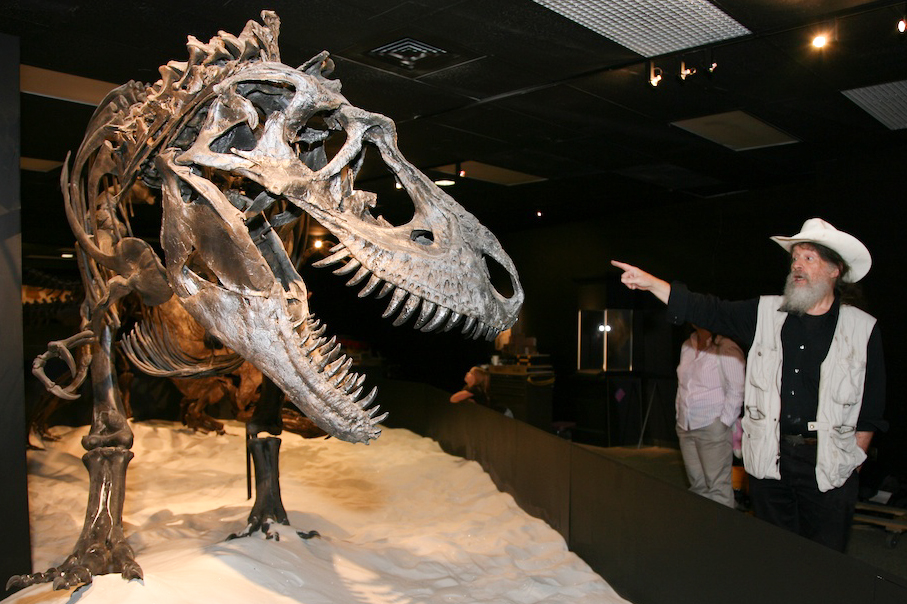
Some paleontologists have ventured beyond non-fiction into dinosaur-centered novels, creating a unique hybrid genre that blends scientific accuracy with narrative storytelling. Dr. Robert Bakker’s “Raptor Red” pioneered this approach, creating a novel told from the perspective of a Utahraptor navigating life in the Early Cretaceous. Unlike fictional works by non-scientists, these “paleo-novels” incorporate cutting-edge research while avoiding scientific implausibilities common in mainstream dinosaur fiction. The scientists’ intimate knowledge of prehistoric ecosystems allows for vivid, accurate world-building that transports readers to scientifically plausible ancient landscapes. Though primarily entertainment, these works serve as stealth educational tools, embedding accurate paleontological concepts within engaging narratives. This genre demonstrates how scientist-authors can use fictional frameworks to convey scientific understanding while still satisfying readers’ desire for narrative immersion.
Technical Works: The Science Behind the Stories
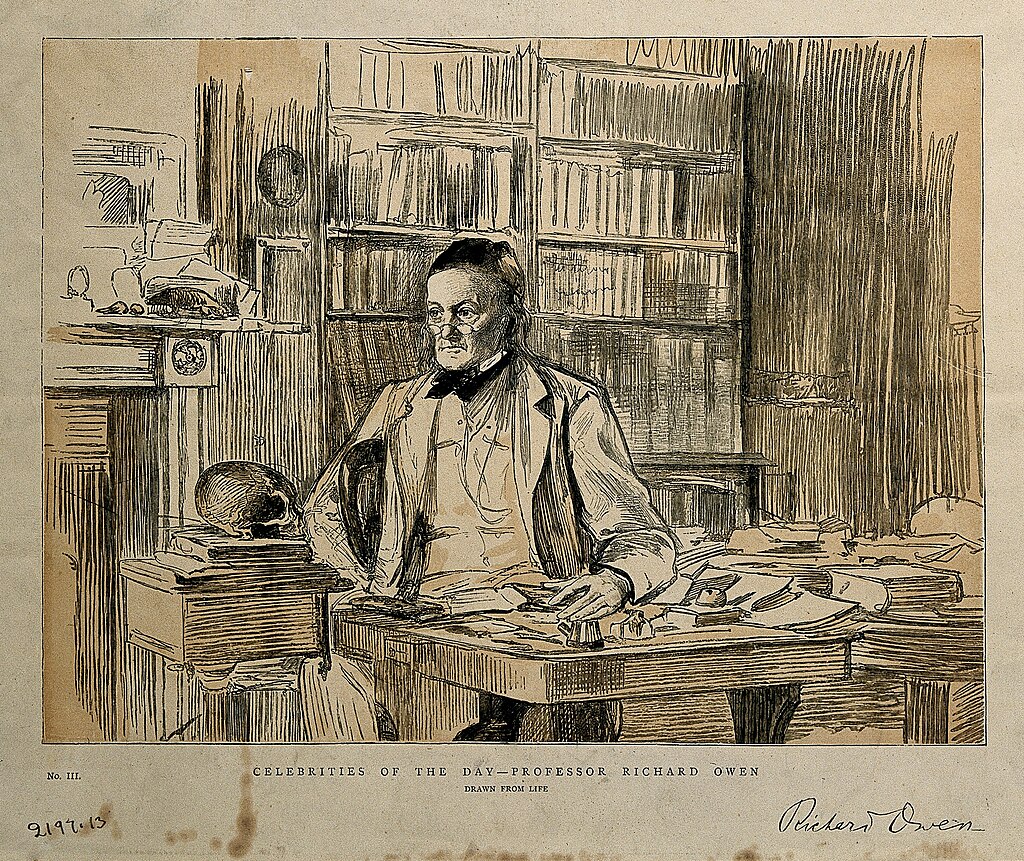
Beyond popular books, paleontologist-authors produce technical works that form the scientific foundation for all dinosaur literature. These peer-reviewed papers, monographs, and academic volumes document the primary evidence and analysis that advances dinosaur science. Works like “The Dinosauria,” edited by paleontologists David Weishampel, Peter Dodson, and Halszka Osmólska, compile comprehensive technical information on dinosaur taxonomy, anatomy, and evolution. Though not intended for general audiences, these detailed scientific publications provide the authoritative basis that popular works simplify and translate. Scientists often produce both technical and popular works in parallel careers, moving between different writing styles and audiences. This technical literature, while challenging for lay readers, represents the critical scientific process that distinguishes fact from speculation in our understanding of dinosaurs.
Female Voices in Dinosaur Science Writing
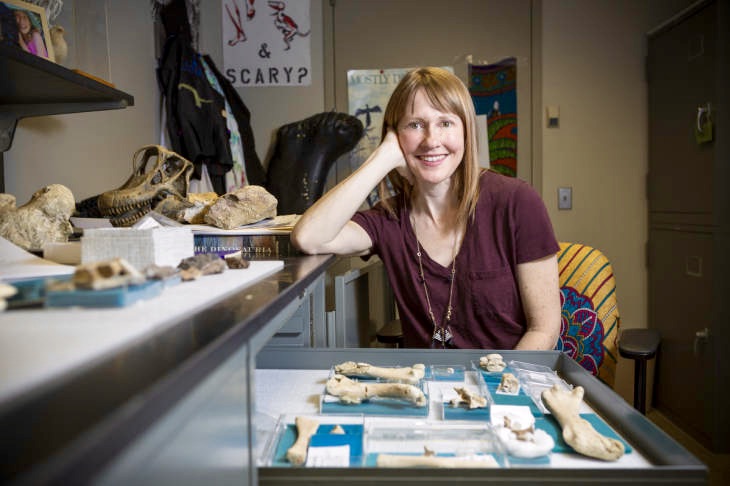
While dinosaur paleontology has historically been male-dominated, female scientists have made increasingly significant contributions to the literature. Dr. Kristi Curry Rogers, a leading expert on sauropod dinosaurs, has authored numerous technical papers and contributed to important reference works that shaped modern understanding of the largest land animals ever to live. Paleontologist Dr. Mary Schweitzer, whose controversial discovery of soft tissue in dinosaur fossils challenged conventional wisdom about fossilization, has written groundbreaking papers that transformed understanding of what information fossils can preserve. Dr. Karen Chin’s influential work on coprolites (fossil feces) has opened new windows into dinosaur diet and digestive processes. These scientists represent a growing diversity in paleontological authorship that brings fresh perspectives and research questions to dinosaur literature. Their contributions demonstrate how expanding the range of voices in scientific dinosaur writing enriches both the questions asked and the stories told about prehistoric life.
Illustrating the Past: Scientists as Visual Communicators
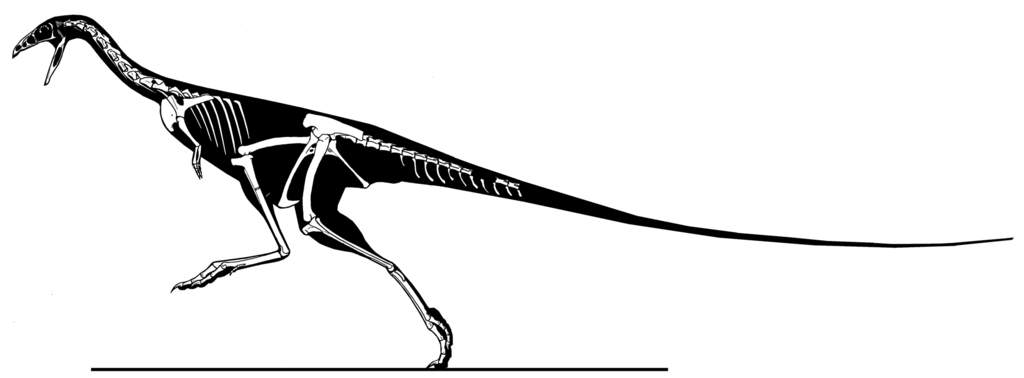
Many paleontologist-authors distinguish themselves through their visual as well as written communication, creating their illustrations to accompany their texts. Dr. Robert Bakker’s distinctive black-and-white ink drawings, with their dynamic poses and attention to muscular detail, revolutionized dinosaur imagery in both scientific and popular contexts. Dr. Gregory S. Paul’s technically precise skeletal reconstructions and life restorations set new standards for anatomical accuracy in dinosaur art that influenced both scientific illustration and entertainment depictions. These scientist-illustrators bring unique advantages to their visual work, combining artistic skill with intimate knowledge of fossil evidence and anatomical principles. Their illustrations often reveal hypotheses about soft tissue, behavior, and appearance that extend beyond what can be directly observed in fossils. This integration of visual and textual communication represents a powerful tradition in dinosaur literature by scientists that makes complex paleontological concepts more accessible to readers of all backgrounds.
Digital Age Dinosaurs: Scientists on Social Media and Blogs

Contemporary paleontologist-authors have expanded beyond traditional publishing into digital platforms that allow for more immediate communication with the public. Dr. Thomas Holtz maintains an active Twitter presence where he shares the latest dinosaur discoveries and corrects common misconceptions in real time. Paleontologist Dr. Darren Naish’s blog “Tetrapod Zoology” provides detailed, scientifically rigorous yet accessible discussions of dinosaur research. Dr. Lisa Buckley shares insights about trace fossils and dinosaur tracks through engaging social media content that makes specialized knowledge accessible to broad audiences. These digital platforms allow scientist-authors to respond quickly to discoveries or popular misconceptions without the delays of traditional publishing. They also facilitate direct interaction between scientists and dinosaur enthusiasts, creating communities of learning around shared paleontological interests. This evolution of scientist-authored dinosaur content reflects broader changes in how scientific information circulates in contemporary society.
Between Accuracy and Engagement: The Scientist’s Dilemma

Scientist-authors often navigate a challenging balance between scientific precision and engaging storytelling when writing about dinosaurs for general audiences. Every simplification risks distortion, while excessive technical detail can alienate readers seeking accessible information. Paleontologist Dr. Steve Brusatte addresses this challenge in his bestselling book “The Rise and Fall of the Dinosaurs” by integrating personal fieldwork anecdotes with clear explanations of complex concepts, making the science relatable without compromising accuracy. This tension between education and entertainment reflects broader questions about science communication in a media landscape that often prioritizes sensationalism over nuance. Successful scientist-authors develop distinctive approaches to this dilemma, finding their voice and level of technical detail appropriate for their intended audience. The most effective dinosaur books by scientists maintain scientific integrity while conveying the wonder and excitement that drew the authors themselves to paleontology.
The Future of Dinosaur Literature by Scientists

The tradition of scientists writing about dinosaurs continues to evolve as both paleontology and publishing change in the 21st century. Emerging technologies like digital reconstruction, computational biomechanics, and ancient DNA analysis are transforming dinosaur science, creating new stories for scientist-authors to tell. The growing diversity within paleontology brings fresh perspectives to dinosaur literature, expanding beyond the field’s historically Western, male viewpoints. New publishing models, including open-access journals, self-publishing platforms, and multimedia presentations, offer scientists innovative ways to share their dinosaur knowledge. The enduring public fascination with dinosaurs ensures continued demand for authoritative yet accessible books by the scientists who study them. As paleontology uncovers new evidence and develops new methodologies, scientist-authors will continue translating these discoveries into books that inform, inspire, and ignite imagination about Earth’s most magnificent extinct creatures.
Conclusion

In conclusion, dinosaur books written by practicing scientists offer a unique bridge between technical research and public understanding. From the field’s earliest publications to today’s multimedia presentations, scientist-authors bring unparalleled authenticity and expertise to dinosaur literature. Their works span a spectrum from rigorous technical descriptions to imaginative fiction, united by a foundation in evidence-based understanding of prehistoric life. As paleontology continues advancing through discoveries and methodologies, scientist-authored books will remain essential guides to our evolving understanding of dinosaurs. These works not only educate readers about ancient life but also demonstrate the dynamic, creative nature of scientific inquiry itself, showing that the real story of dinosaur science can be as thrilling as any fictional adventure.

